Enter a surname, town name or other keyword to search the database. Remember to
allow for the different spellings of 'Mc' and 'Mac.' Good luck!
{Search tips: Use single word search terms for more results}
You must enter some valid character(s) into the search field
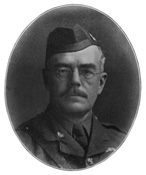
Reference: 27563a
Major Angus Falconer Douglas-H...
|
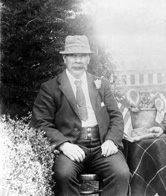
Reference: 838
Copy for Mrs Robertson, Old Ed...
|
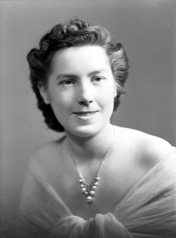
Reference: 36215c
Miss Proudfoot, Highland News ...
|
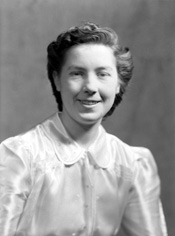
Reference: 36215b
Miss Proudfoot, Highland News ...
|
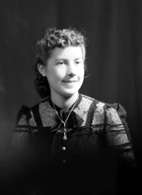
Reference: 36215a
Miss Proudfoot, Highland News ...
|

Reference: 39270.5
Mrs Johnston, Bridge Street, I...
|
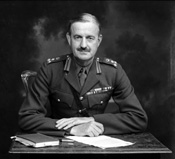
Reference: 46461f
Brigadier (later General) Sir ...
|
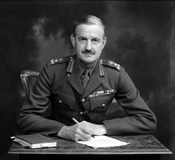
Reference: 46461e
Brigadier (later General) Sir ...
|
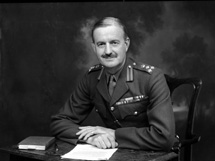
Reference: 46461d
Brigadier (later General) Sir ...
|
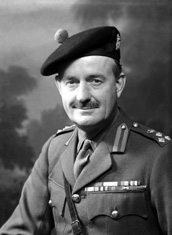
Reference: 46461c
Brigadier (later General) Sir ...
|
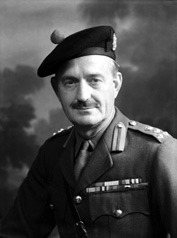
Reference: 46461b
Brigadier (later General) Sir ...
|
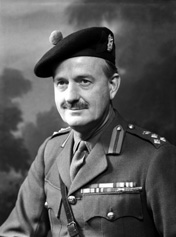
Reference: 46461a
Brigadier (later General) Sir ...
|